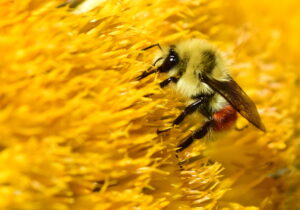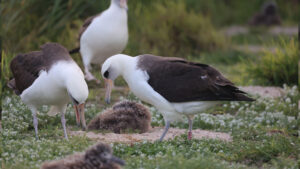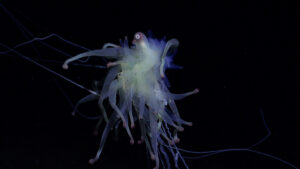A passion for the natural world drives many of our adventures. And when we’re not actually outside, we love delving into the discoveries about the places where we live and travel. Here are some of the best natural history links we’ve found this week.
Lost range of ‘supermountains’ discovered: Scientists have found a new range of ancient supermountains. Previous studies had hinted at the existence of the Transgondwanan Supermountains that spanned the supercontinent of Godwana. They confirmed this and also found evidence for the even earlier Nuna Supermountains. They were as tall as the Himalaya but stretched three times as far.
Mountains form when tectonic plates force landmasses together, pushing surface rock to great heights. But mountains don’t last forever: As soon as they form, erosion starts grinding them down. The first supermountain range lasted from 2 billion to 1.8 billion years ago. The second began 650 billion years ago and survived until 500 million years ago.
These dates are very important because they coincide with two of the biggest evolutionary events on earth: the first appearance of eukaryotic cells (cells with a nucleus, the building blocks of all plants and animals) and the Cambrian explosion of marine life. It is likely that as the mountains eroded, huge amounts of nutrients entered the oceans and sped up evolution.
Balm for chimpanzees
Chimpanzees use insects to treat wounds: Chimpanzees have their own healthcare system. They apply insects to open wounds. Though other animals are known to self-medicate, this is the first time we have seen any animal using other animals as medication. The chimps also used the smashed-up insects to treat their friends’ wounds.
The chimps would catch winged insects and apply them directly to open wounds. Over 15 months, researchers witnessed this 76 times. They suspect that the insects may have anti-inflammatory or antiseptic properties.

Chimpanzees self-medicate with insects. Photo: Shutterstock
Mosquito color likes and dislikes
Mosquitos fly to specific colors: The smell of carbon dioxide triggers mosquitoes to scan for signs of an attractive nearby host to bite. New experiments have shown that mosquito behavior changes with different colors. Scientists sprayed carbon dioxide into containers of female mosquitoes. The mosquitoes flew toward red, orange, cyan, and black dots, but ignored green, blue, and purple ones.
Unfortunately, human skin gives off long wavelengths in the red-orange range. But it seems that we can still lessen our attractiveness. When the researchers wore green gloves, the mosquitos once again ignored them.
Sea sponges feast on fossils: Food is hard to find on the seafloor of the central Arctic Ocean, far from any coastline. But in 2016, researchers found an extinct submarine volcano covered in sea sponges, which were usually rare in this area. What they were eating? It turns out that the sponges feasted on the fossilized remains of tubeworms that once thrived on the active volcano. This marked the first time that scientists found an animal that survives by eating fossils. “[This] is very cool,” enthused marine ecologist Jasper de Goeij.

A river of lava. Photo: Cookson Adventures
A close call for iguanas
Galapagos volcano produces river of fire: On January 6, the Wolf Volcano in the Galapagos Islands erupted, and a river of fire snaked through the landscape. It glowed so brightly that it was visible from space. Lava spurted 60m into the air, and researchers worried about the pink iguanas that lived on the volcano. Only 200 breeding adults remain. Luckily, the eruption occurred on the opposite side of the volcano from where the iguanas live.
Earth has 9,200 more trees species than we thought: A new study estimates that Earth has 73,300 species of trees, including 9,200 still-undiscovered varieties. Most of these are likely rare or vulnerable and found in the world’s biodiversity hotspots, especially tropical South America.

The northern elephant seal. Photo: Shutterstock
Male elephant seals get huge or die trying: Male northern elephant seals strive to grow as big as they possibly can. An impressive size is the only way they can find a mate, and they will take great personal risks to find food. While females can weigh hundreds of kilograms, males are up to seven times larger.
Their eating habits explain the colossal size difference. Females head to the open ocean and dive deep for their food. Males stay in shallower waters near the coast. There is more food here, but it is also more dangerous. Males are six times more likely to die while foraging. Among other perils, the nearshore waters are hunting grounds for orcas and great white sharks.






